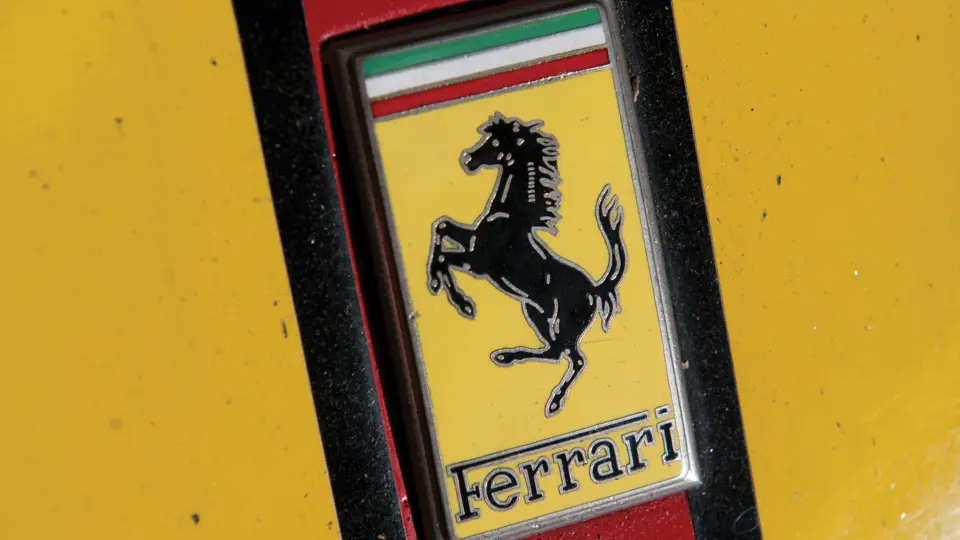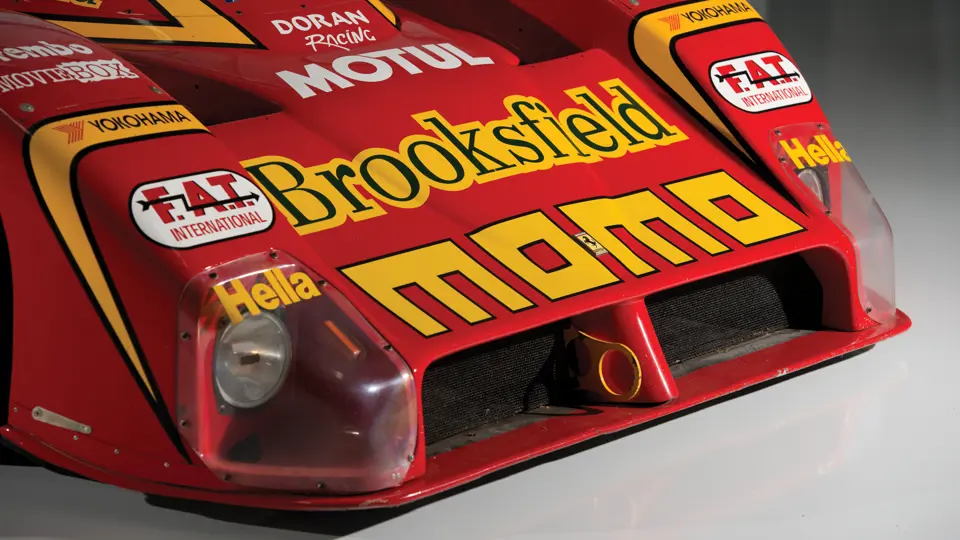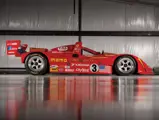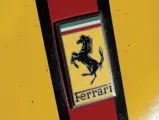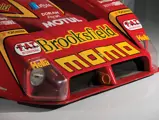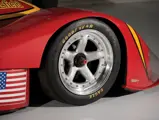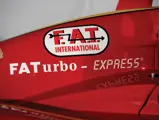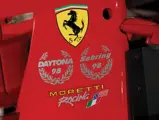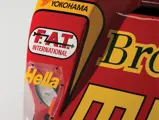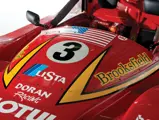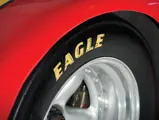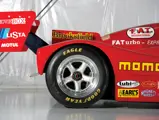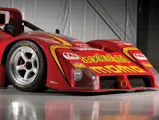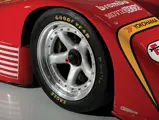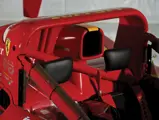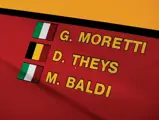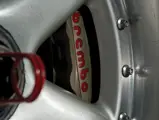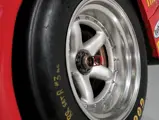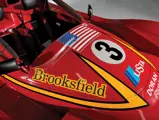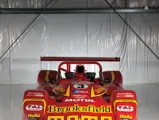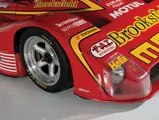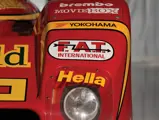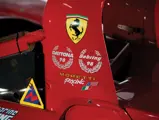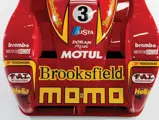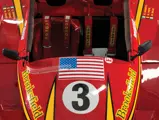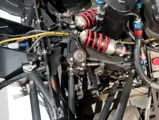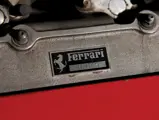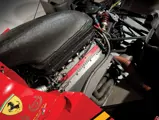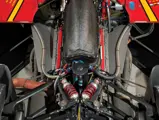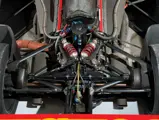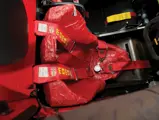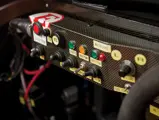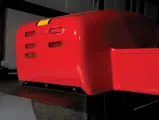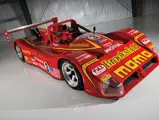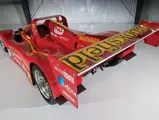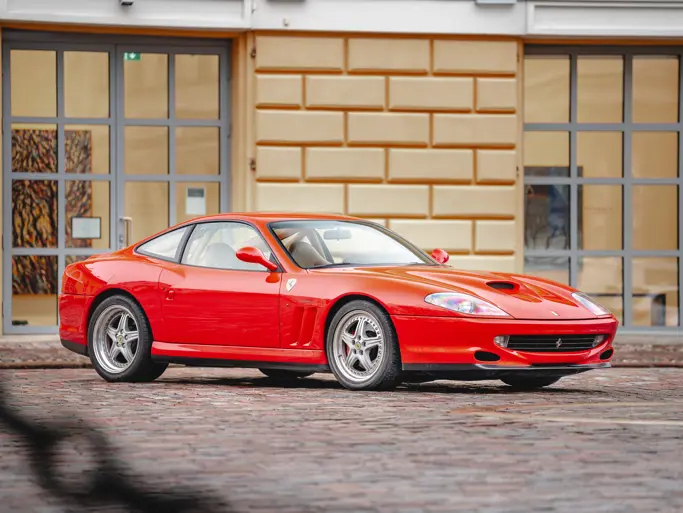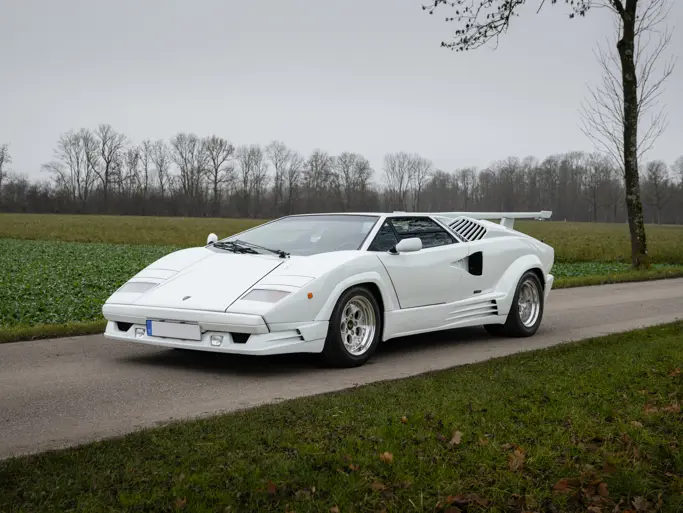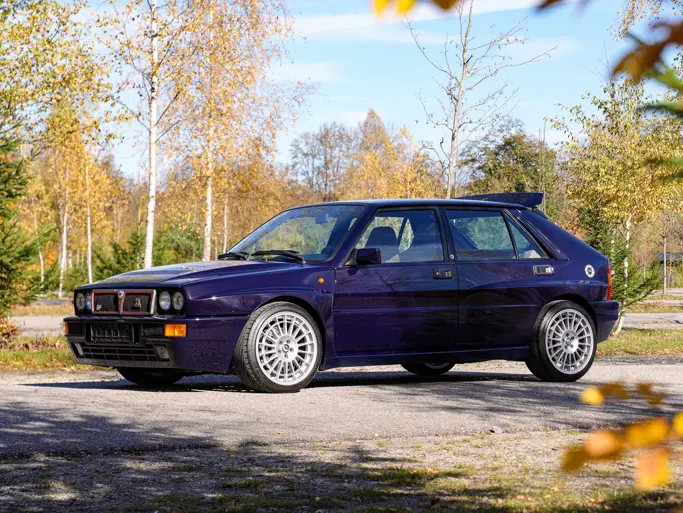
1998 Ferrari 333 SP
{{lr.item.text}}
Estimate Available Upon Request | Not Sold
{{bidding.lot.reserveStatusFormatted}}
- The only Ferrari to win the 24 Hours of Daytona and the 12 Hours of Sebring
- Undoubtedly the most iconic and successful of all the 333 SPs produced
- Finished in iconic Momo livery and campaigned by Giampiero Moretti himself
- Profiled in numerous publications, including Cavallino and Forza
- A wonderfully maintained example of Ferrari’s return to sports-prototype racing
650 bhp, 3,997 cc DOHC V-12 engine, Ferrari sequential five-speed gearbox, front and rear independent suspension by double wishbones with pushrod-operated coil-spring/damper units, and four-wheel ventilated Brembo disc brakes. Wheelbase: 110 in.
Please note, internet bidding will not be offered on this lot. Interested parties wishing to bid remotely are encouraged to bid via telephone or absentee. Please click here to register.
“As the 1998 Daytona 24 Hours began, Ferrari’s record still stood at only one victory, in 1967, with Chris Amon and the late Lorenzo Bandini. After that 24 hours (and 31 years) a Ferrari had at last won again in the twice-around-the-clock Florida event, the first 24-hour win by any Ferrari since that 1967 victory.” – Marc Sonnery, Cavallino 111
FERRARI’S TRIUMPHANT RETURN TO SPORTS CAR RACING
The unveiling of the 333 SP heralded Ferrari’s return to sports car racing upon its introduction in 1994. The company had built much of its storied reputation on its sports racing cars, and this would be Ferrari’s first car of its type since the legendary 312 P. As history quickly proved, the 333 SP was a worthy heir to Ferrari’s prototype racing heritage.
Upon Ferrari’s departure from sports car racing, the company had shifted its focus to Formula One and focused solely on putting its drivers and cars on the top of the podium at the world’s grand prix circuits. During this nearly 20-year period, Ferrari remained noticeably absent from endurance racing, leaving former competitors to take Ferrari’s place at the front of the grid. As the story goes, Giampiero Moretti, the founder of the Momo automotive accessory empire and an amateur racing driver, walked into Piero Ferrari’s office in the early 1990s with a grand idea. Moretti wished to finish his racing career in a sports car race but only at the wheel of a Ferrari. With the support of Ferrari North America’s chief, Gian Luigi Butioni, the 333 SP was born.
This project was massively appealing to the higher-ups in Maranello, as Ferrari’s sports car racing effort was aimed at the key North American market; the United States did not host any Formula One races at that time. Instead, there was the IMSA World Series Sports Car Championship, which was in the midst of a rule change ahead of the 1994 season. This business case made perfect sense to Ferrari’s CEO, Luca di Montezemolo, who readily approved the plan to market the 333 SP to its privateers.
Of course, Ferrari didn’t turn its back completely on its Formula One team. It based the 333 SP’s carbon fiber composite chassis on its F92 structure, although the prototype racer was widened to comply with IMSA’s two-seat requirement. The car also had to be easily serviceable by private mechanics and pit crews; as a result, Ferrari modified its F50’s 4.7-liter, five-valve-per-cylinder V-12 to displace the IMSA-required 4.0 liters and increased the redline to nearly 12,000 rpm. The soundtrack was simply unforgettable.
CHASSIS 019: THE WINNINGEST OF ALL 333 SPs
Just before Christmas 1997, the Momo 333 SP was delivered to Doran-Moretti Racing to be prepared for the upcoming season, in which the first race would be the 24 Hours of Daytona on January 31st. In a feature article for issue 111 of Cavallino, driver Didier Theys describes how chassis 019 was tuned slightly by the team to perform better over 24 hours. Testing began during the first week of January, to prepare both the car and its team for one of the most challenging races on American soil. Of course, as the car was campaigned by a team headed by Giampiero Moretti, it was only right that Moretti would also find himself behind the wheel to finish out his career, just as he had described to Piero Ferrari a year earlier.
The two competitive outings for chassis 019 would be at a pair of the world’s most storied and competitive endurance races: the 24 Hours of Daytona and the 12 Hours of Sebring. After less than a month of preparation, the Doran-Moretti team arrived at Daytona with their 333 SP festooned in eye-catching red and yellow Momo livery, keen to make an impression. With Mauro Baldi, Arie Luyendyk, Didier Theys and Moretti himself as drivers, the car qualified second, an accomplishment that anyone would have been proud of—but one that would pale in comparison to their overall finish. Following a close battle with the Scandia Engineering 333 SP (and a minor off with Moretti behind the wheel), chassis 019 emerged at the front of the pack after 24 hours, and both drivers and crew where thrilled to take the checkered flag. This was a monumental moment for not only the team but for Ferrari themselves, as the marque had not been atop the podium at that event since 1967.
Moretti, Theys, and Baldi would return behind the wheel of chassis 019 at the 12 Hours of Sebring just a few weeks later. Qualifying slightly further back on the grid didn’t hinder the team in the slightest, and the car eventually found its way to the front of the pack, where it would stay and once again cross the finish line in first place overall. Coming out of March 1998 with two overall wins at two of the most arduous events on the calendar was nothing short of spectacular and caused quite a stir in the motorsports community.
The next event for the Doran-Moretti team would be the 1,000 km of Monza, and sadly the result would not be as impressive as its first two races, since the 333 SP failed to finish due to a battery issue. However, chassis 019 would prove competitive once again in its next event, the 24 Hours of Le Mans. Finishing 3rd in its class, this would be the final professional event for chassis 019, closing the book on a short but highly successful racing career, which cemented the 333 SP’s reputation within the storied history of sport-prototypes to wear the Cavallino Rampante.
Following its retirement from professional racing after its appearance at Le Mans, the car was flown back to the United States, where, as can be expected from a car that just finished three major endurance races, it was totally rebuilt, including its five-speed gearbox, to prepare it for a second life as a vintage racer. Within a month of arriving stateside, it was sold to Charles Arnott of Easton, Maryland, who entrusted the car to Cavallino magazine, where it would be featured in issue 111 in an article written by Marc Sonnery. Despite its retirement, chassis 019’s fame would never fade, and it was featured frequently in motorsports publications, including once more in Cavallino, reviewing its stint at Le Mans, as well as in Forza.
There is no question that chassis 019 is the most successful and iconic 333 SP. With overall wins at both Daytona and Sebring, not to mention a third-in-class finish at Le Mans, it boasts spectacular racing pedigree that puts it in an elite group. Carefully preserved by knowledgeable enthusiasts since the day it left Doran-Moretti’s care, this car would be an ideal entrant for historic racing or Corse Clienti events. For the track day or sports-prototype racing enthusiast, owning a Ferrari with wins at Daytona and Sebring on its résumé is a rare and privileged opportunity.
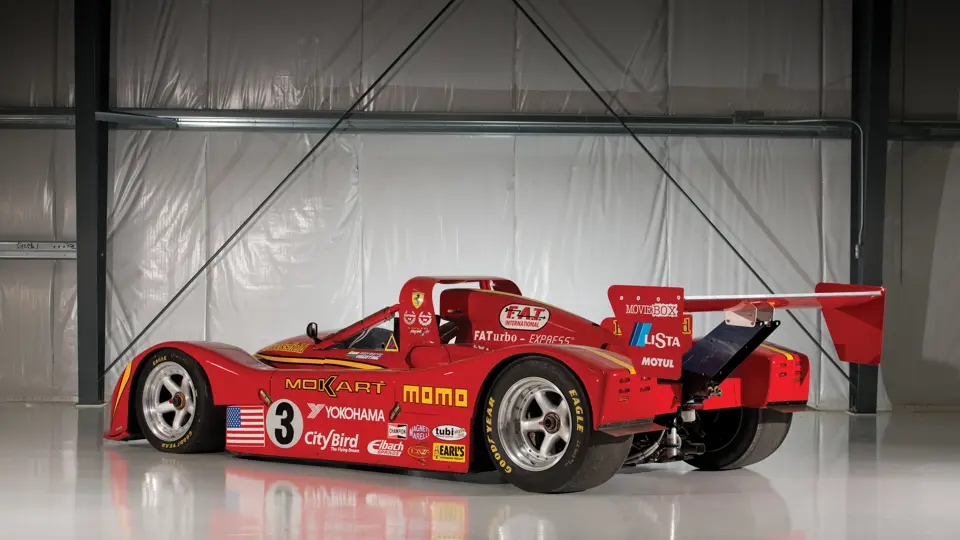
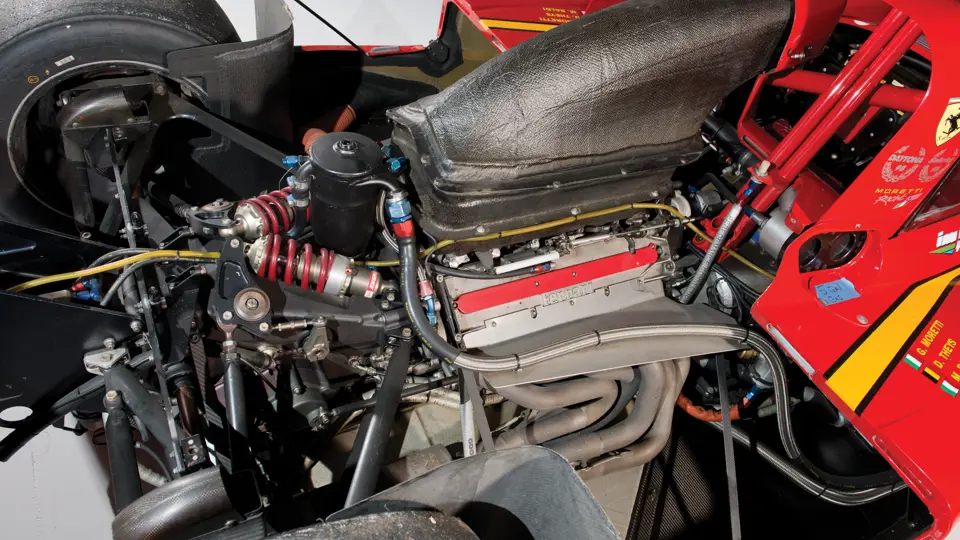


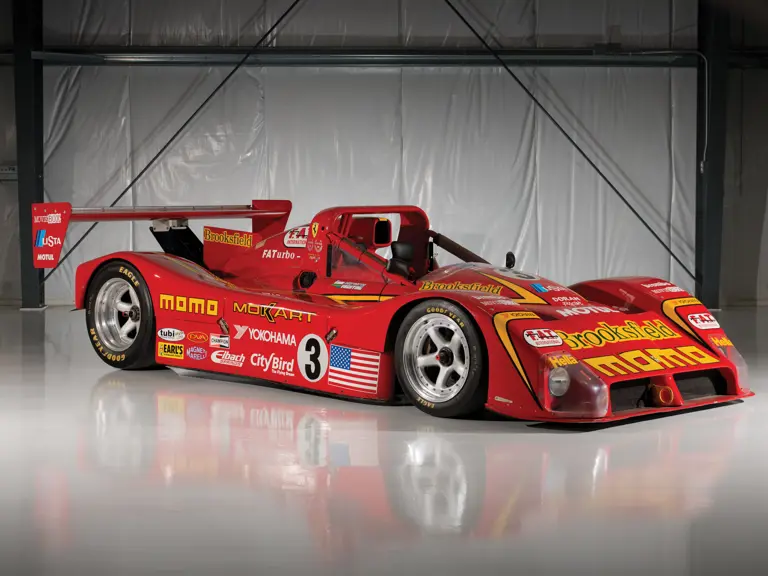
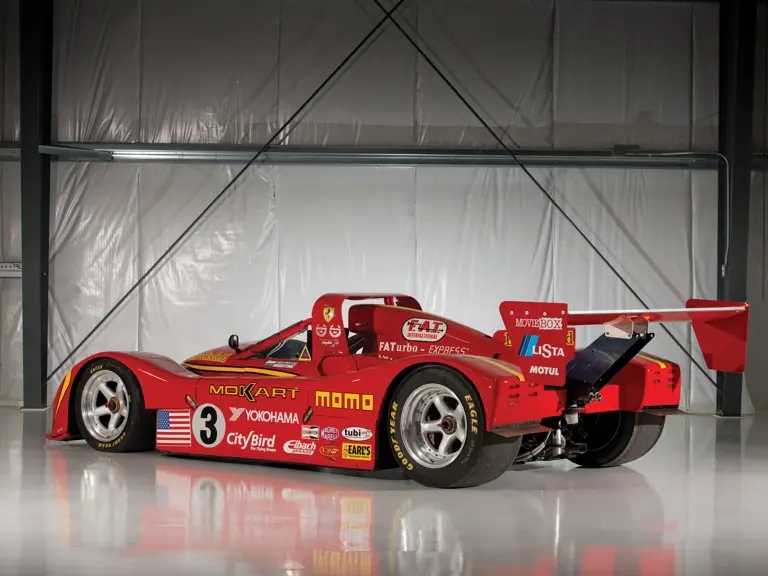
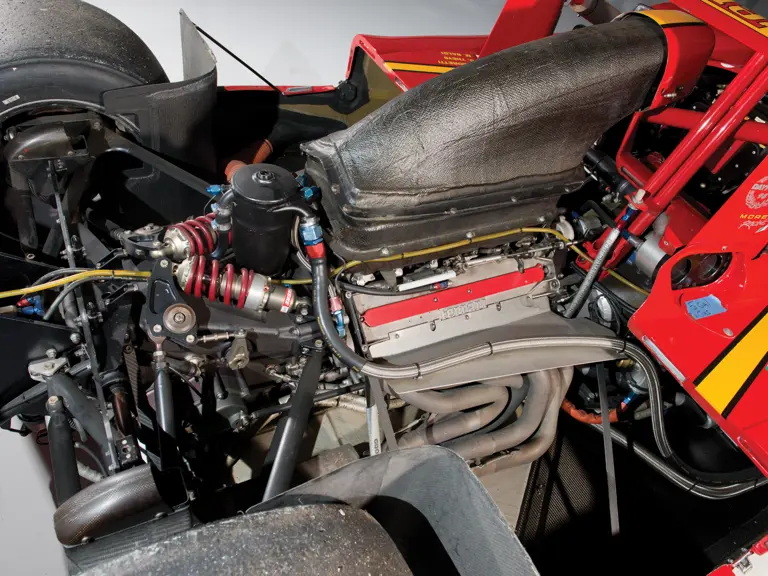
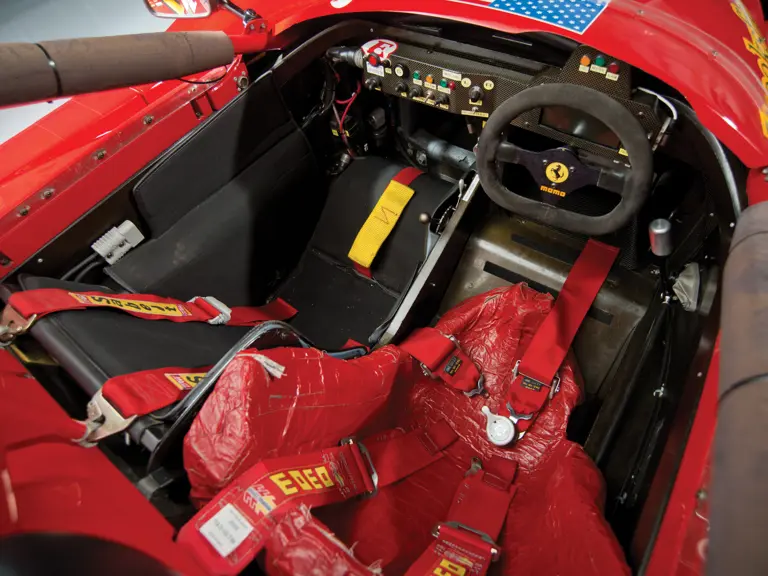

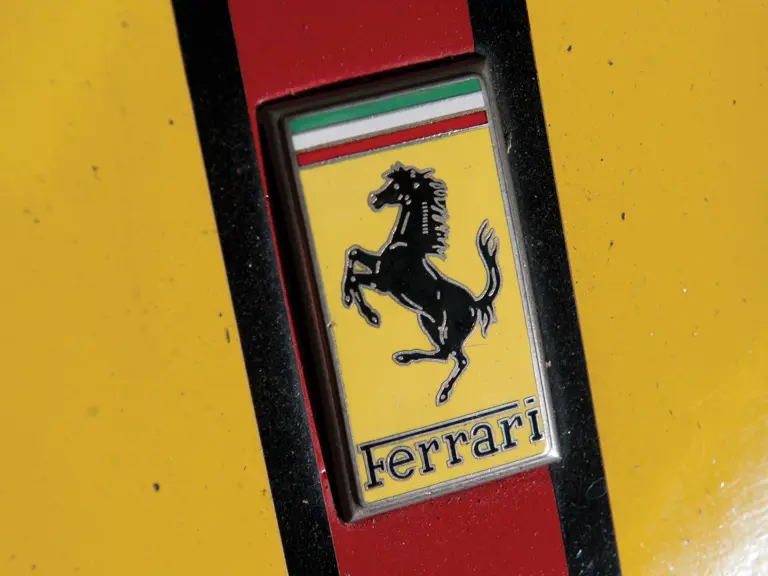
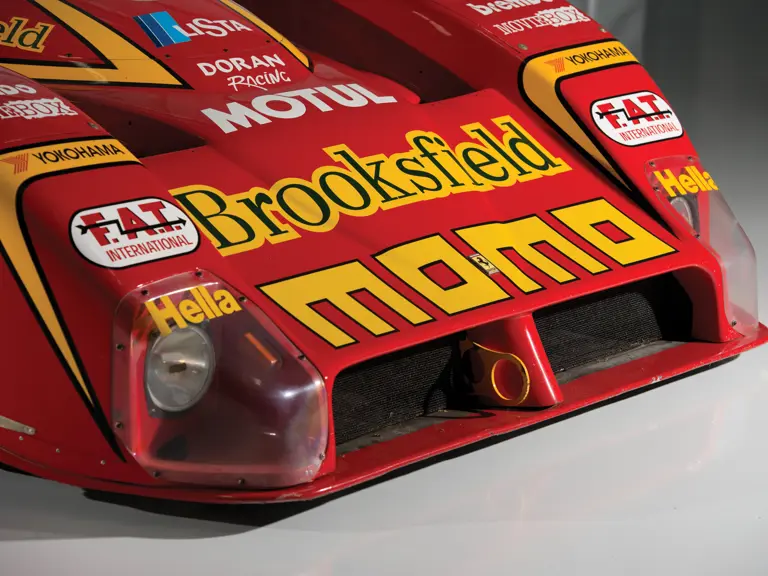
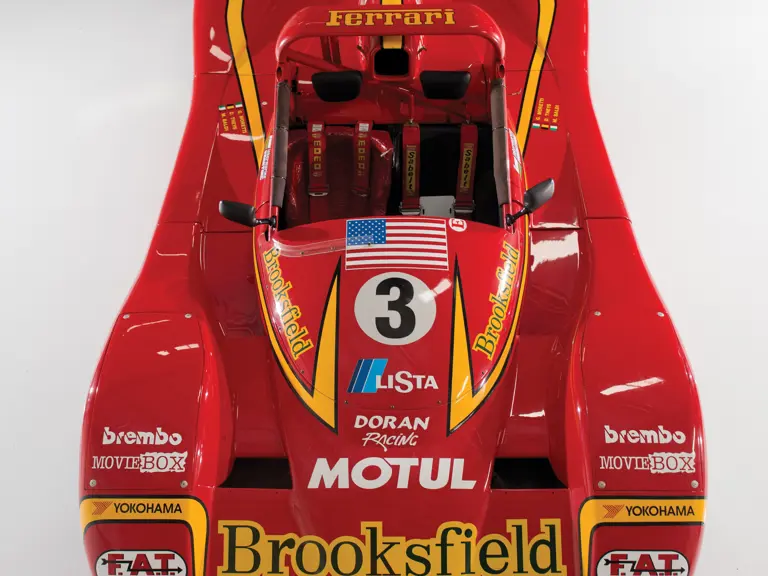
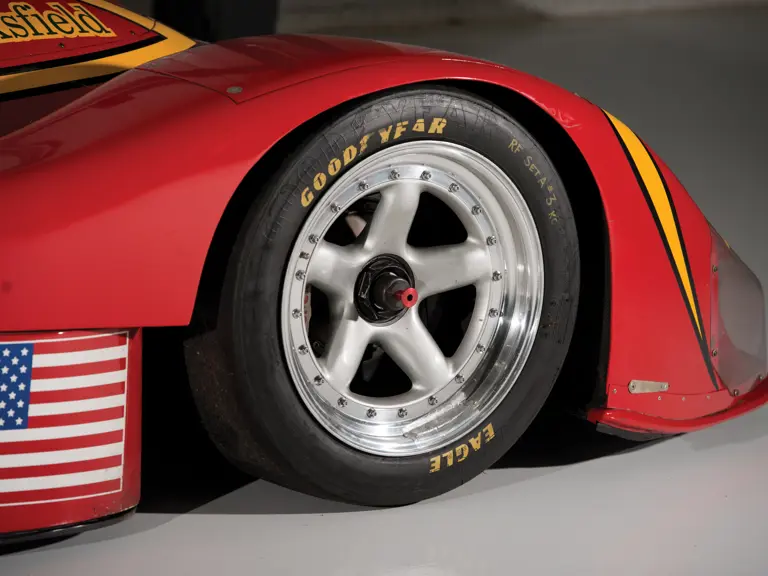
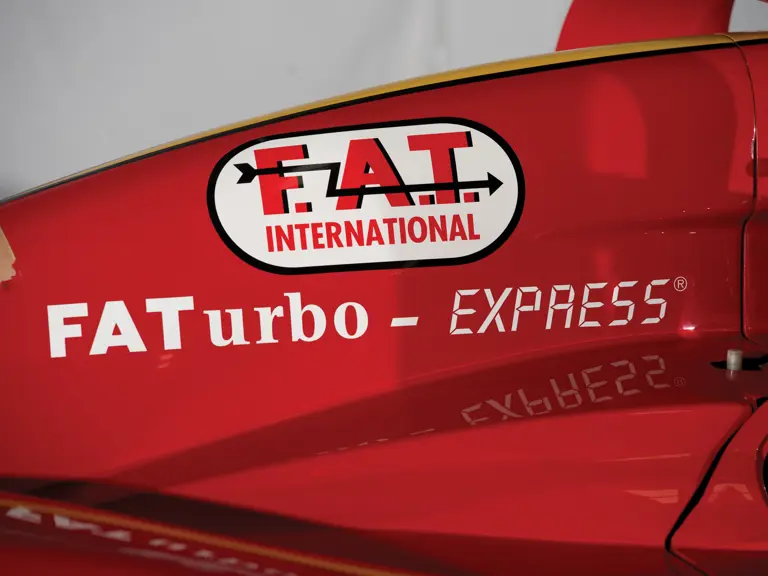
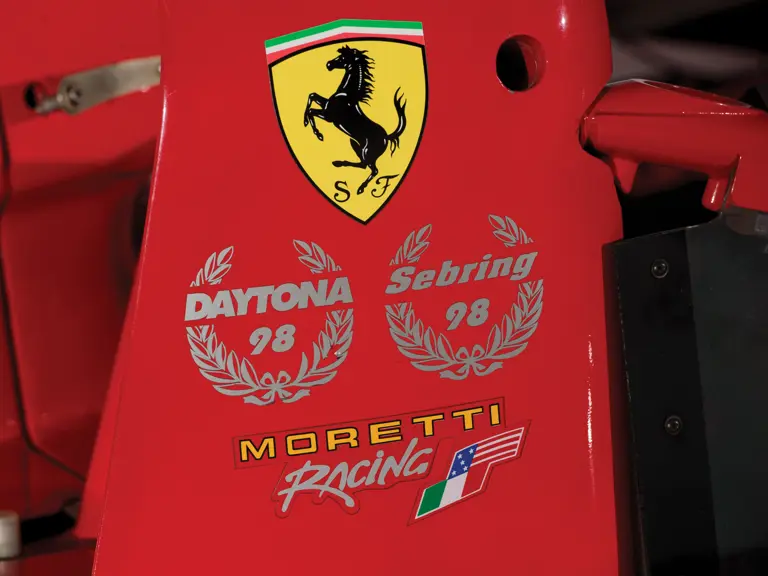

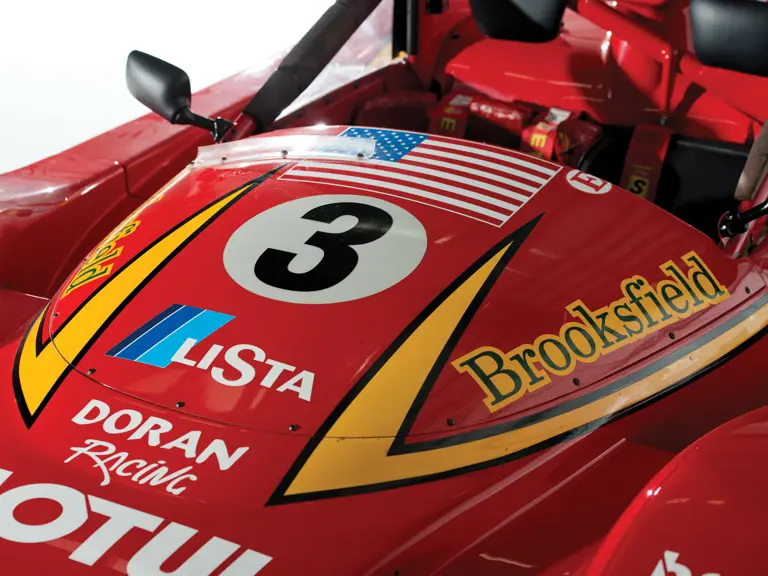

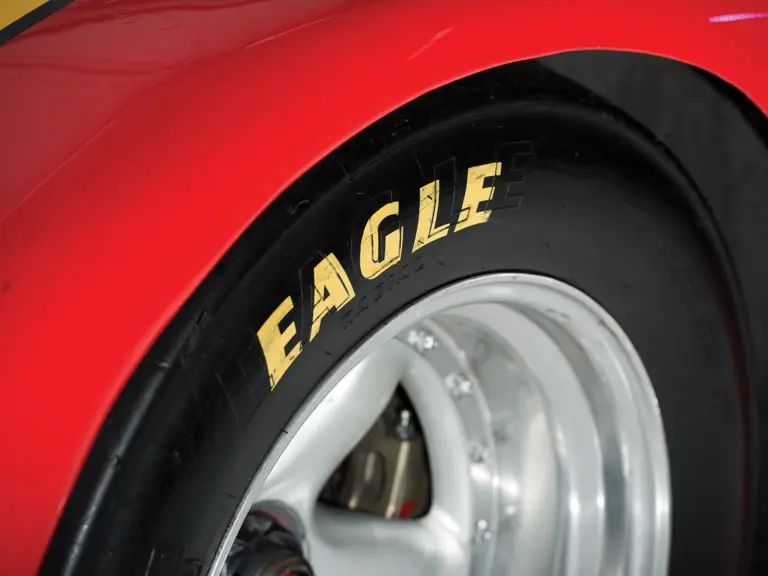
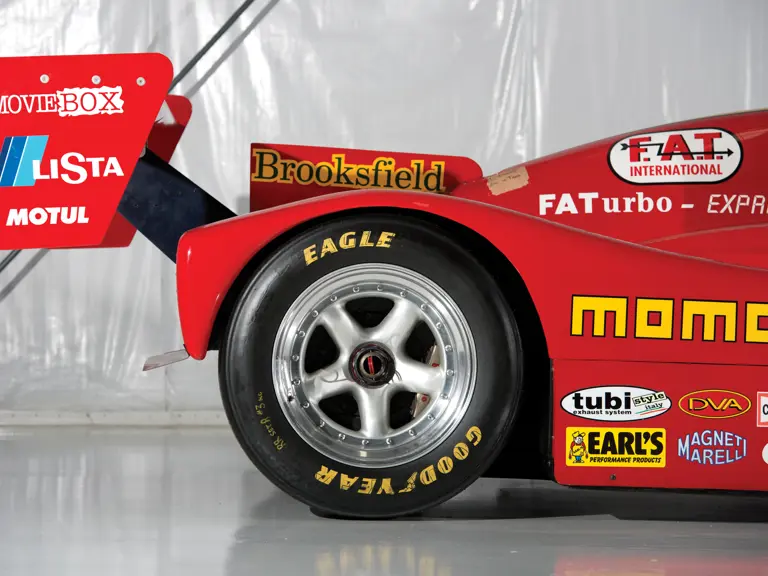
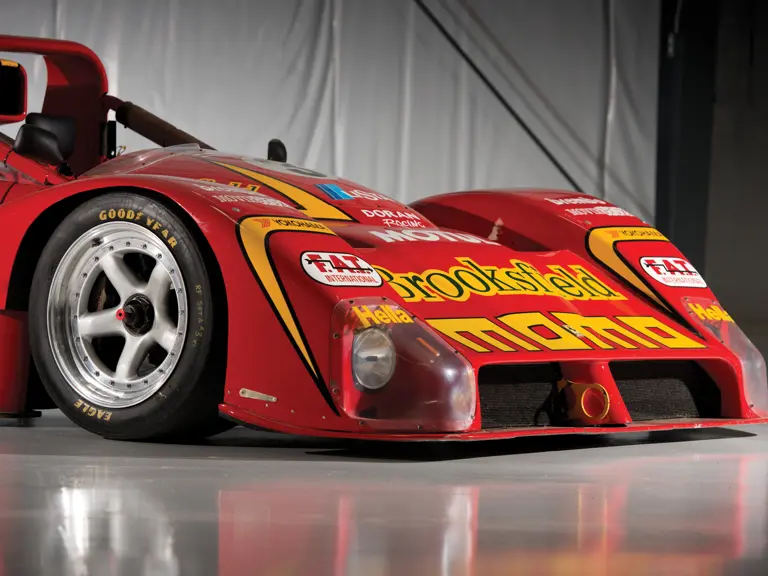
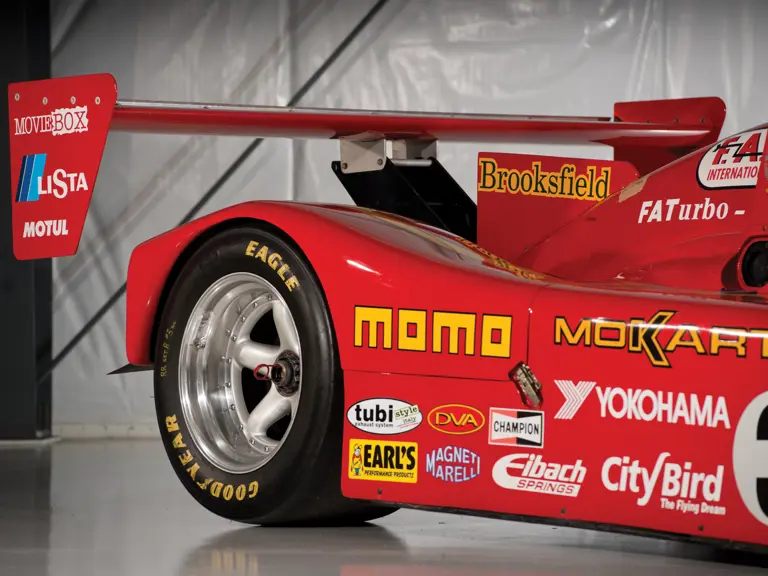
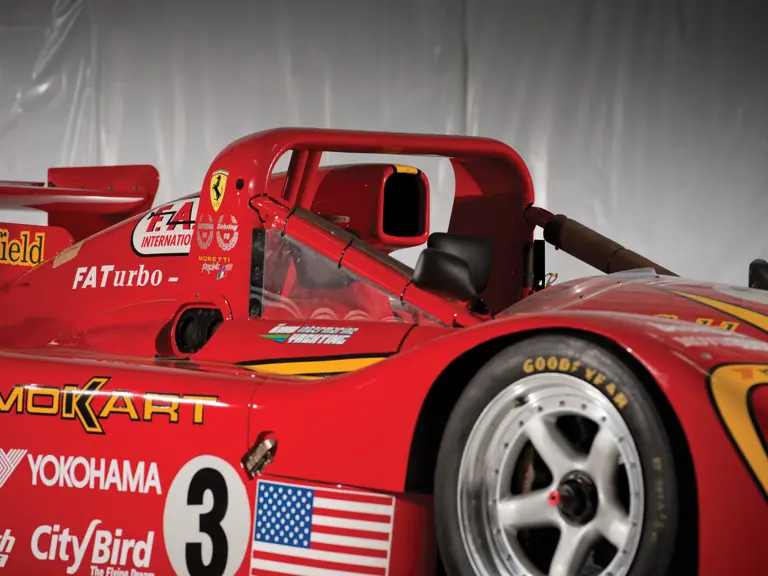

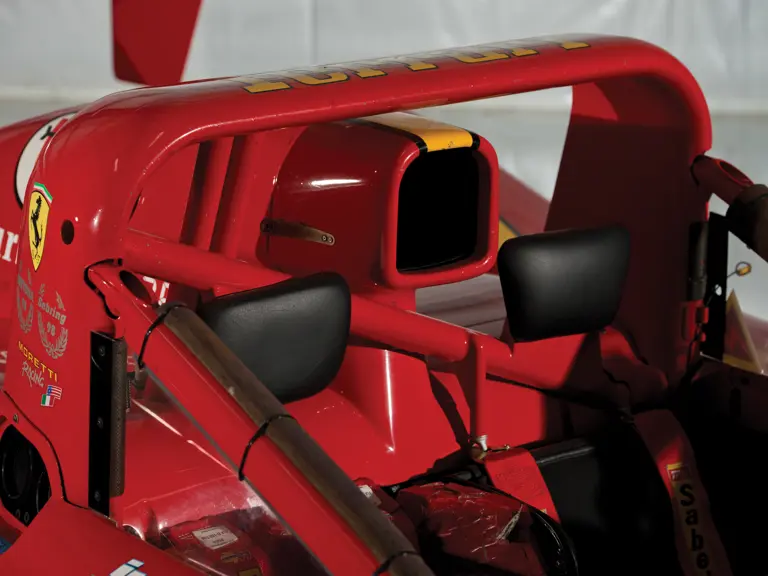
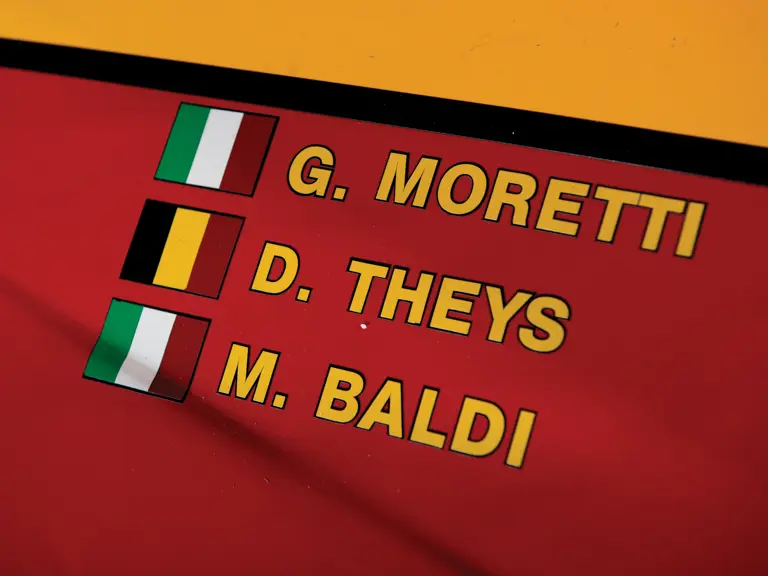
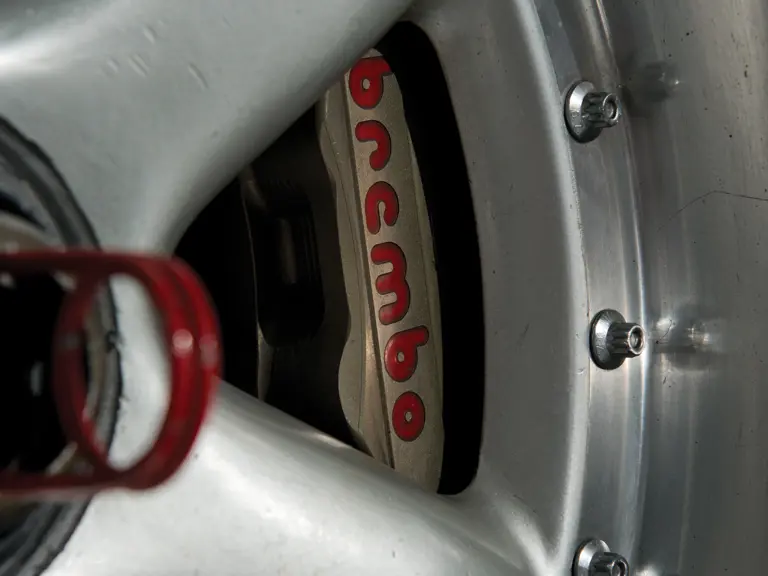
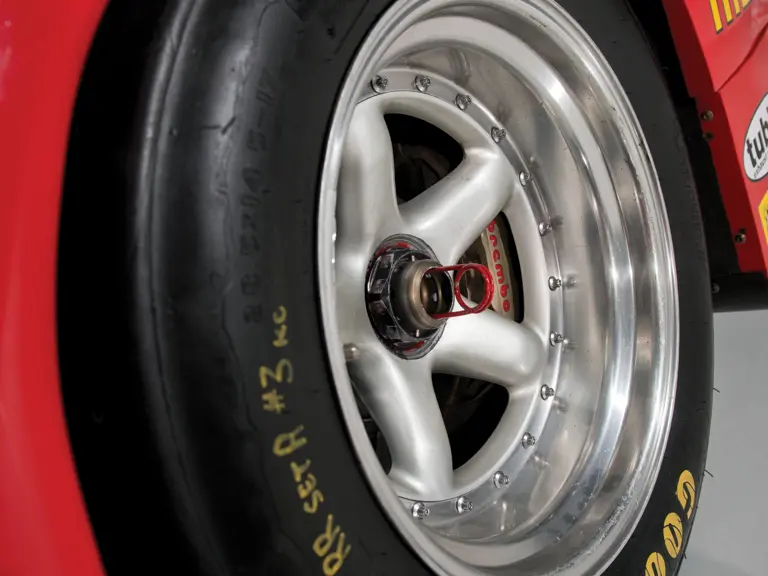
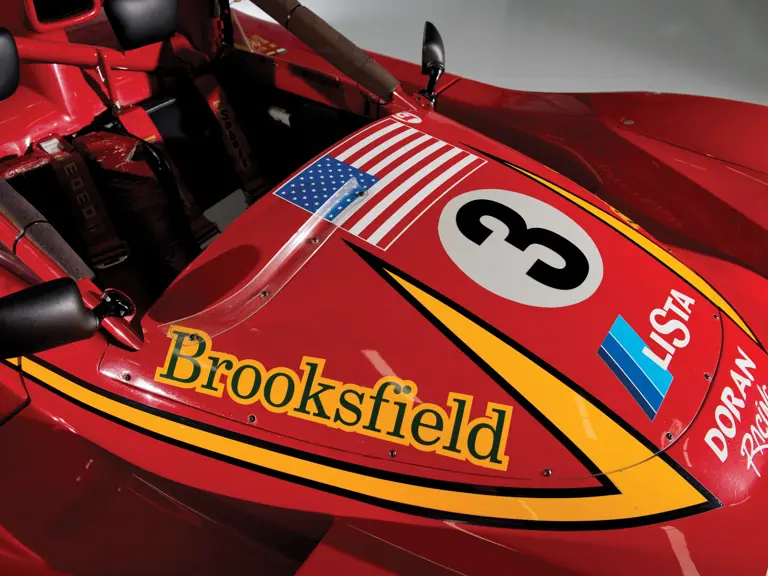
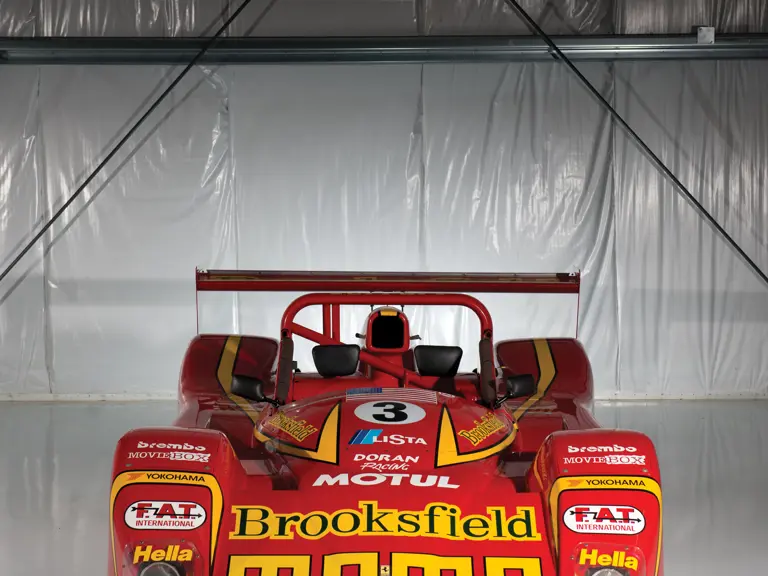
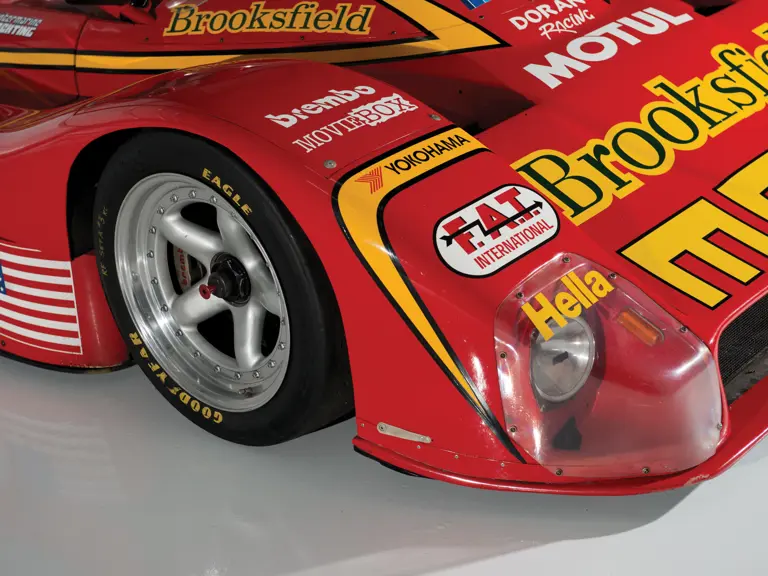
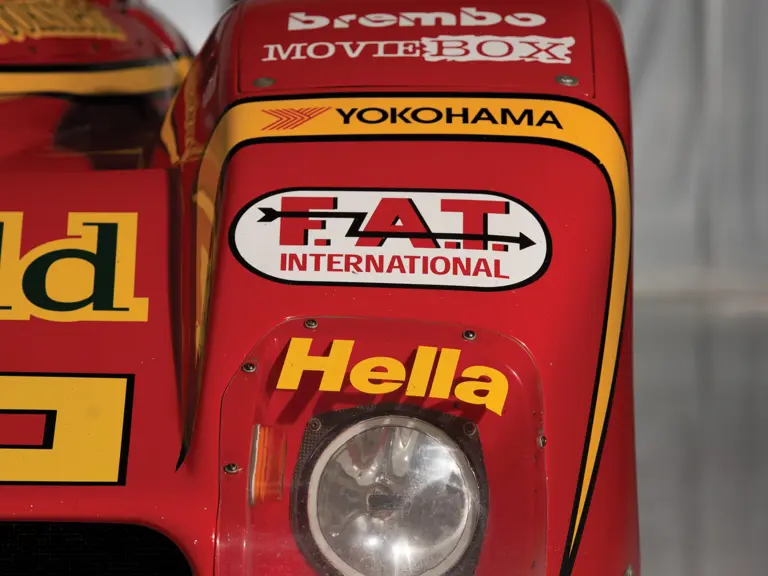
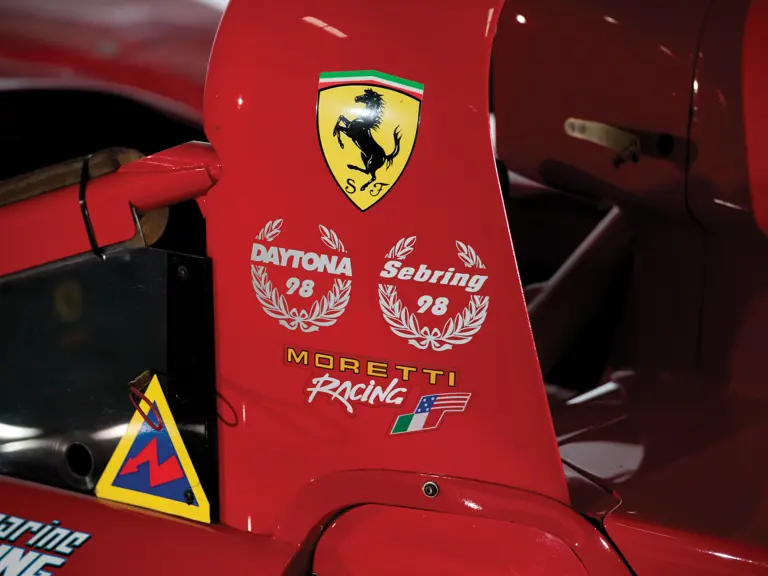
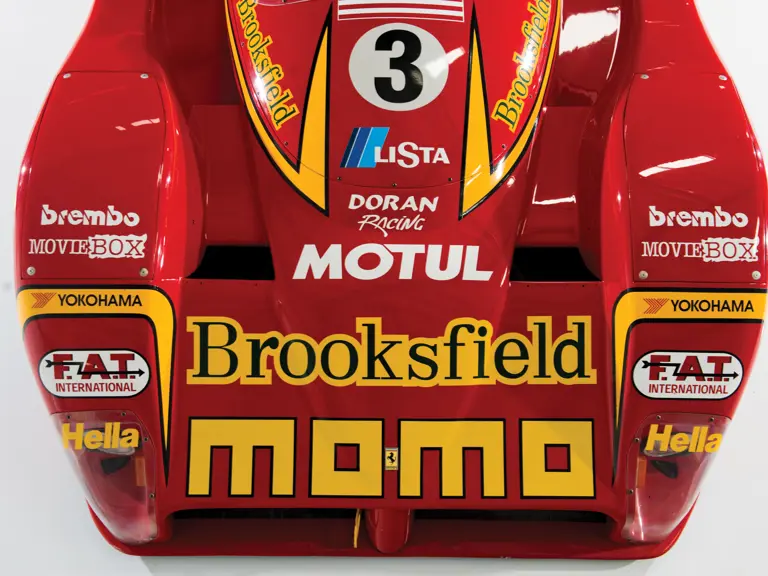
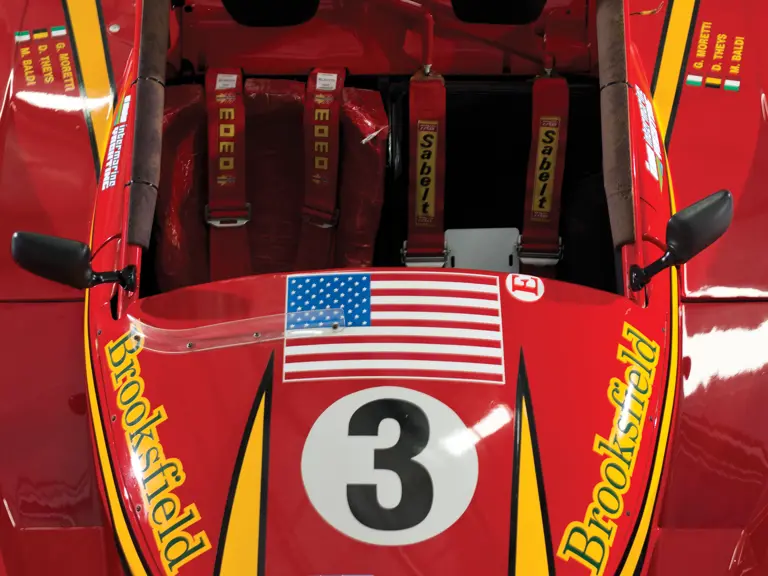
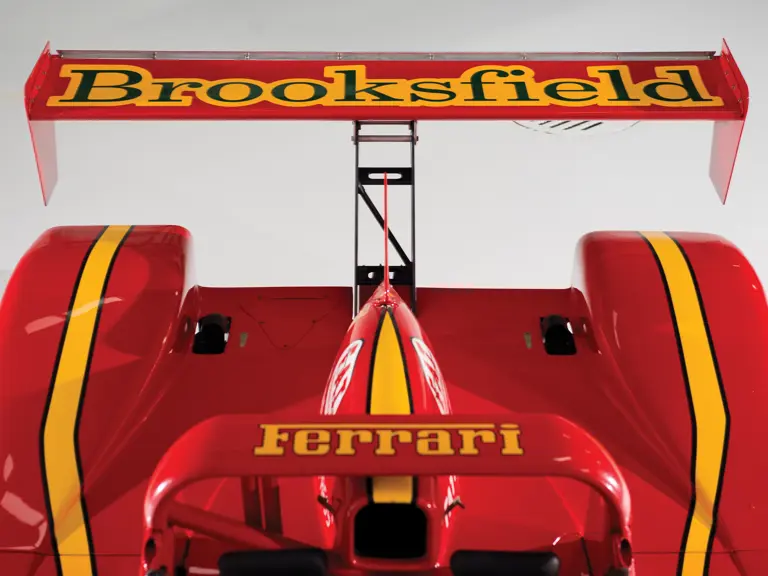
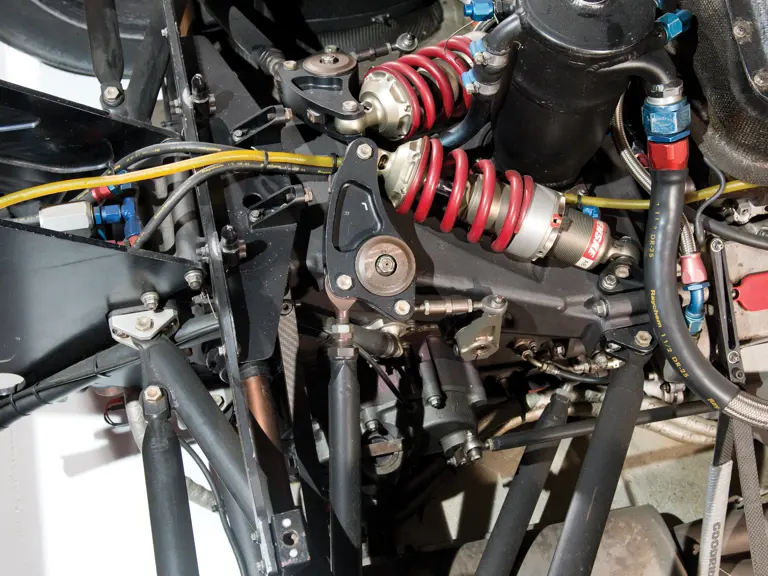
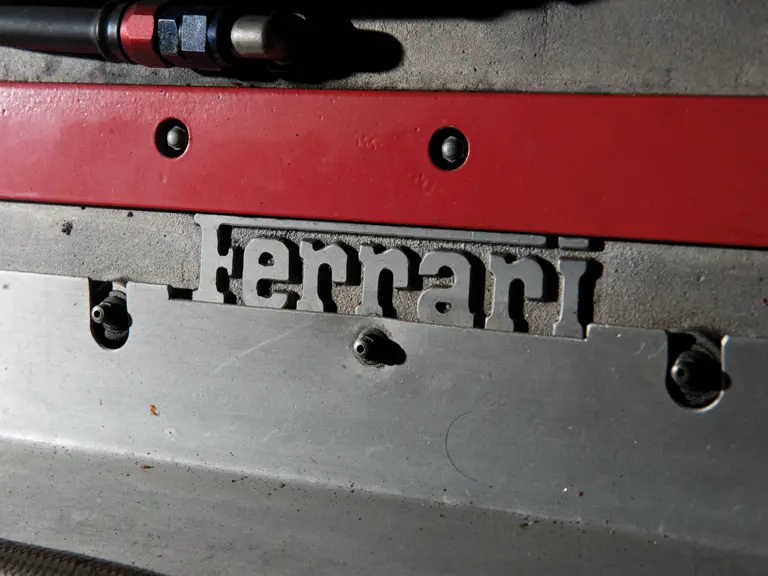
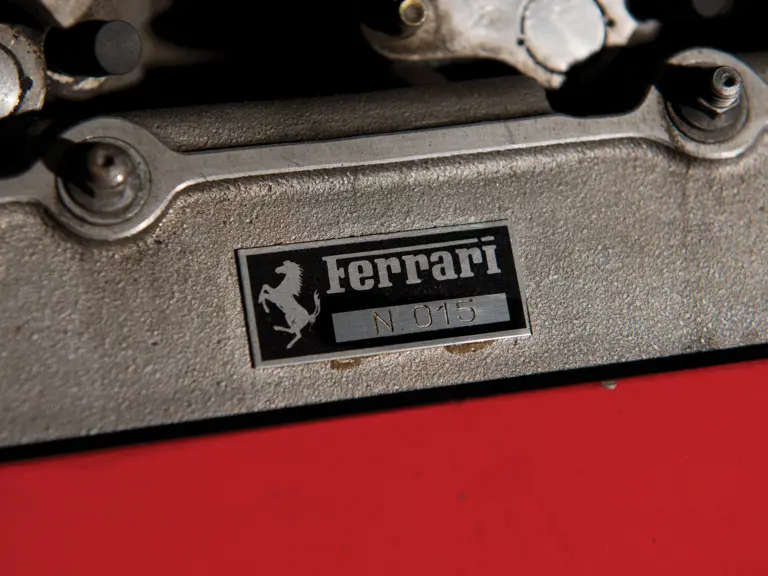
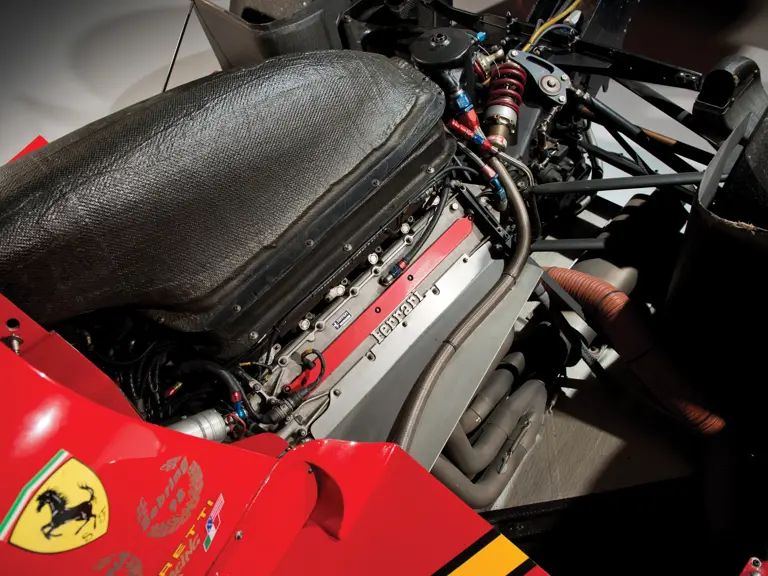
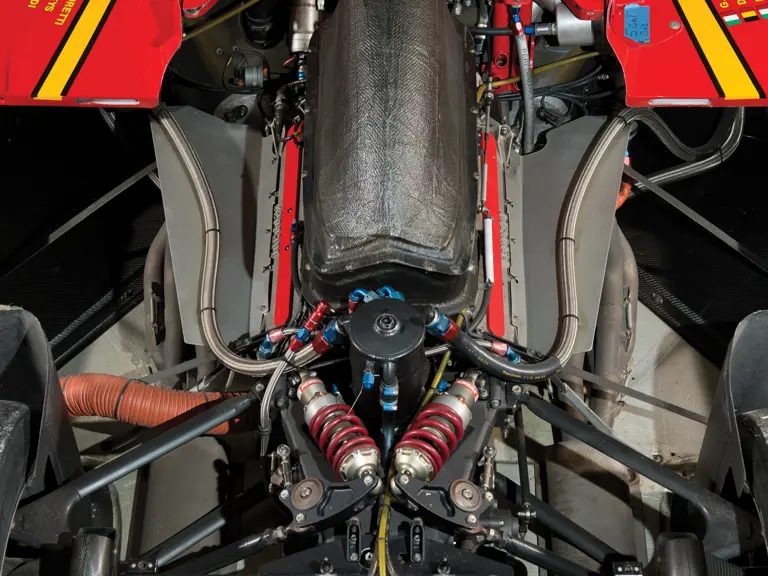
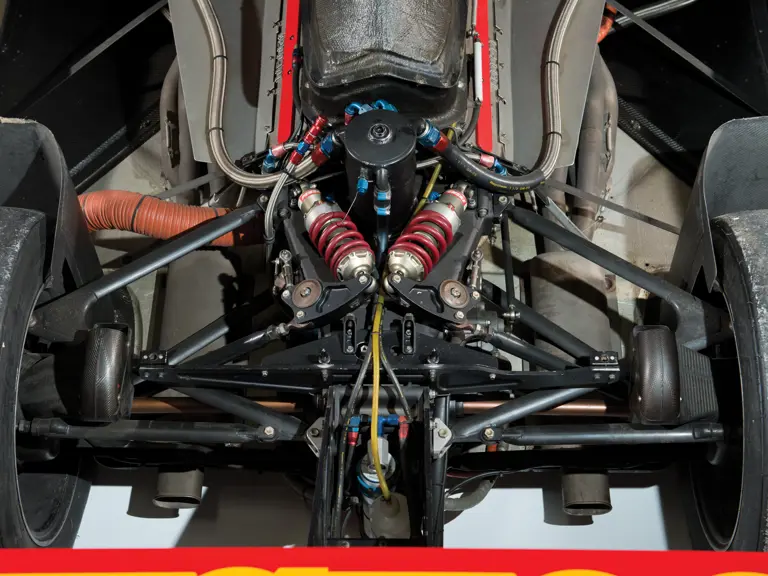
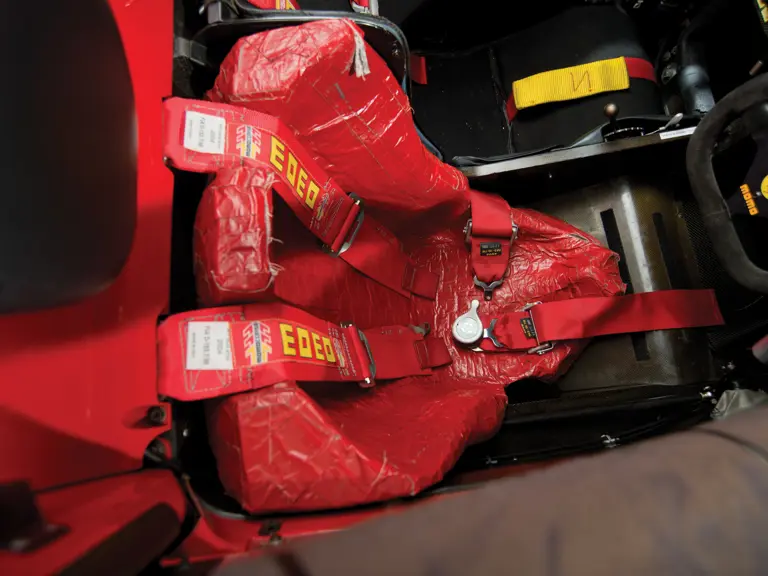
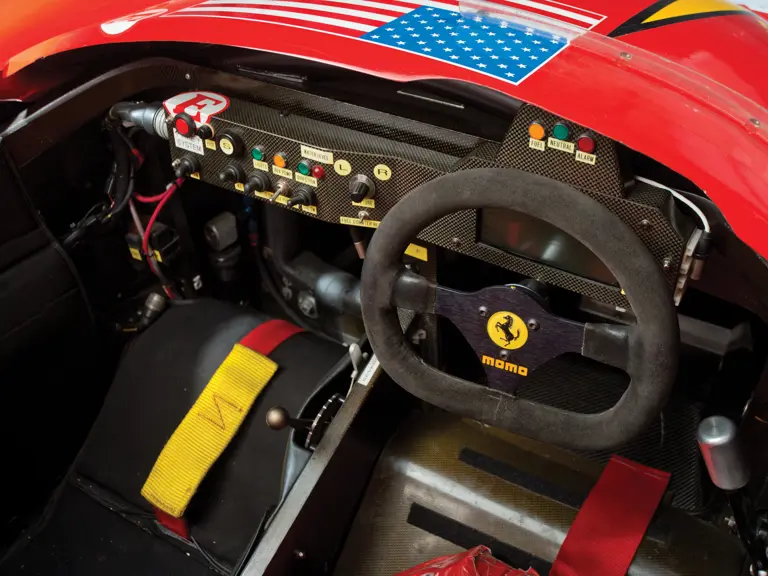
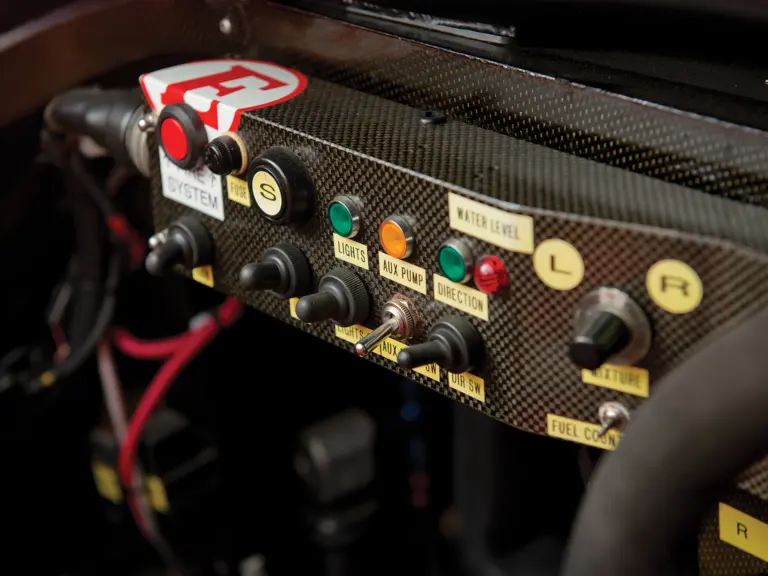

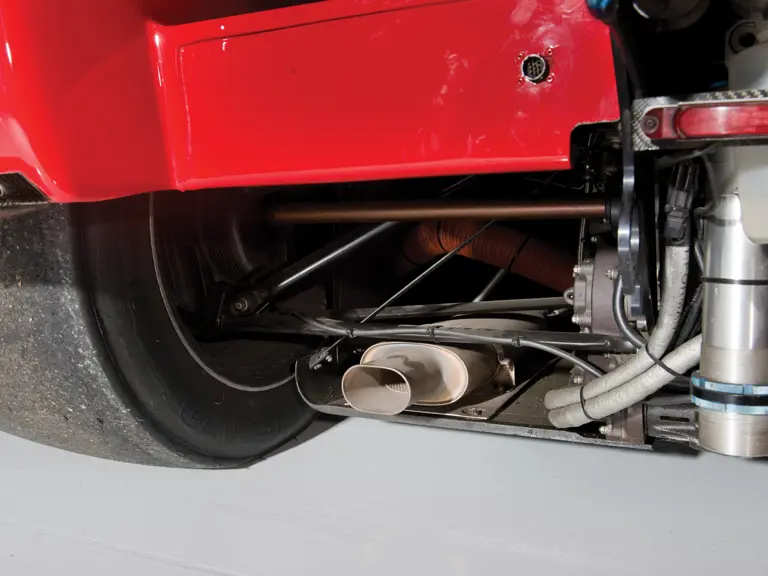
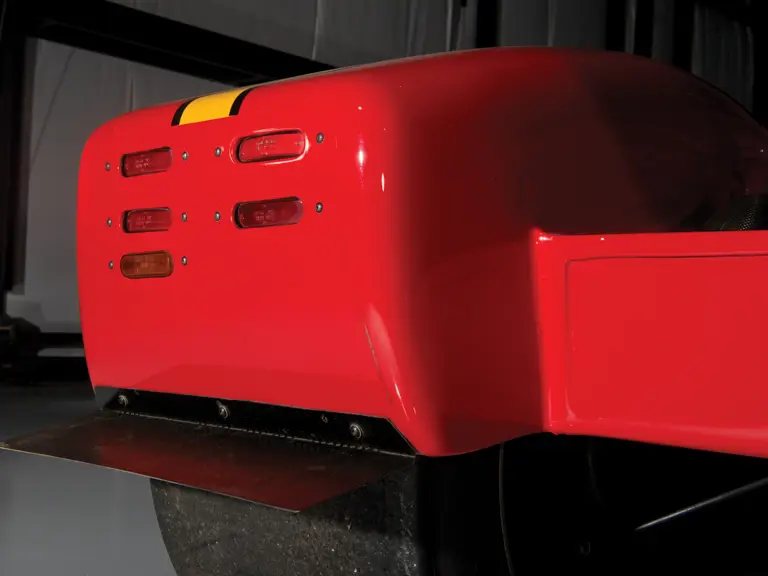
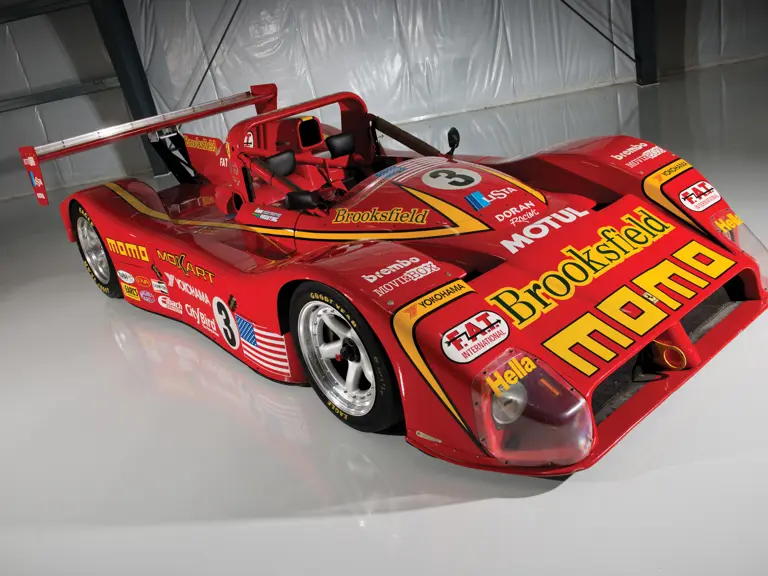
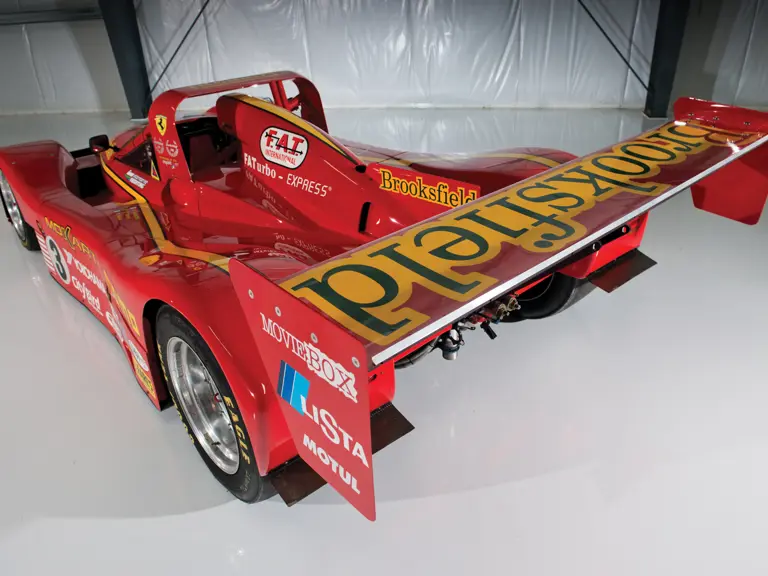
 | Monterey, California
| Monterey, California

